Airspace and Communications
AIA, in cooperation with regulatory authorities, works to ensure that the United States continues to prioritize and protect the modernization of America’s air transportation system and collaborate with the International Civil Aviation Organization (ICAO) to make global aviation safer, more efficient, and harmonized.
AIA POSITION STATEMENTLook Toward the Future
As air travel becomes more accessible and new technologies open more ways for people and cargo to fly, our airspace and the systems by which it’s managed have also evolved. We are continuously reimagining the ways we communicate and navigate the airspace through new technologies that enable urban air mobility, uncrewed flights, and so much more. By modernizing our airspace, we make room for new markets of flight covering a wide range of distances whether it be an international flight around the globe or a sub-regional eVTOL to a nearby vertiport.
Take Action Now
For industry to safely integrate new technologies in the current airspace, we need regulators to work with industry in identifying the current challenges, gaps in knowledge, and potential solutions. It is important for collaboration that addresses the scope of future challenges so that the technology developed by industry is in compliance with the policies and standards being implemented by regulators. Harmonizing the knowledge and understanding of airspace and communications standards between regulators and industry is crucial to developing systems that will enable our industry to thrive.
AIA’s Role
We support the continued funding for safe and efficient operations within the National Airspace System (NAS) for current operators and new entrants as well as the cyber-security of aviation information and control ecosystem. We constantly seek to proactively identify and promote opportunities for further airspace modernization by advocating for clear, practical standards from regulators, and address government plans to expand the NAS for incorporation of new entrants, e.g. UAS, supersonic aircraft and commercial space vehicles. With respect to additional entrants, AIA acknowledges the need for continuous, dependable, access to spectrum and continues to engage with the FAA, FCC, NTIA, and DOD improve the spectrum band allocation process while advocating for the protection of current equities of aviation spectrum users. In addition to enhanced communication and navigation capabilities, AIA engages regulators to develop defined cybersecurity standards for aircraft and engine design, certification, and safe operations. Internationally we also promote the harmonization of differing approaches to certification standards and regulation by other national authorities.
Recent News
Your Leadership ConnectionCivil Aviation Team
AIA’s civil aviation leadership team is well-positioned to address members’ issues and advocacy needs.





